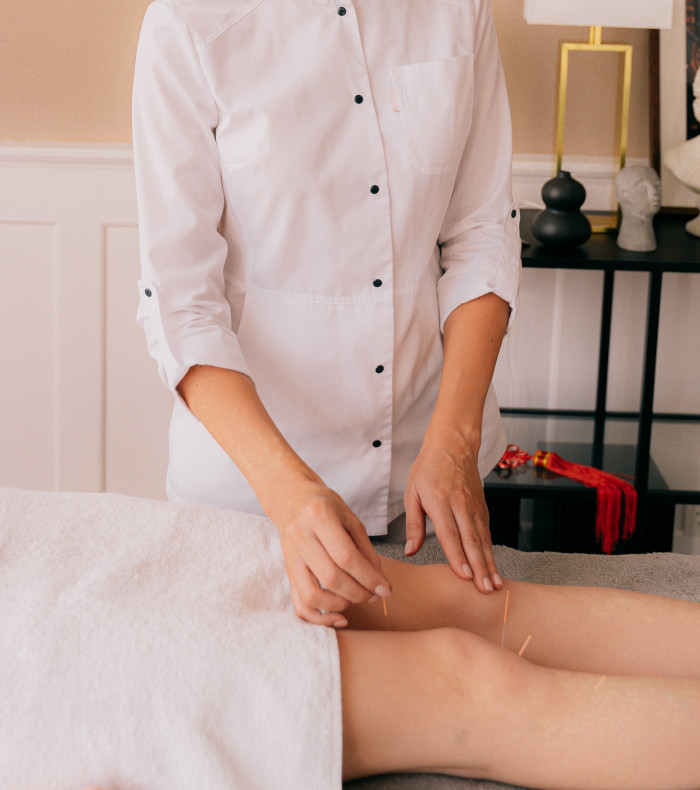Acupuncture
Acupuncture originated in China and other far eastern cultures where it still features in mainstream healthcare, both as a stand-alone therapy and in combination with conventional Western medicine.
It began with an awareness of how comforting it is to apply pressure to tender points on the body. A more sophisticated system of meridians and points developed later whereby fine needles rather than finger pressure were used on very specific points on the body.
Members of the British Acupuncture Council (BAcC) practice acupuncture based on Chinese medicine principles that have been developed, researched and refined for over 2,000 years.
EAST & WEST: DIFFERENT PHILOSOPHIES
Western and Traditional Chinese medicine evolved from very different ways of viewing health.
According to traditional Chinese philosophy, our health is dependent on the body’s “Qi” or “life-force”. In good health, the Qi flows smoothly through a series of channels beneath the skin.
According to Chinese medicine, symptoms or “dis-ease” manifests when this flow is disturbed, depleted or blocked.
DIFFERENT TYPES OF ACUPUNCTURE
Traditional acupuncture is part of a system of medicine known as Traditional Chinese Medicine (TCM). It involves tongue and pulse diagnosis, cupping (similar to deep tissue massage), moxibustion (a soothing, warming herb), Tuina (remedial massage) and advice on diet, exercise and lifestyle.
Medical acupuncture is a style of acupuncture often used by physiotherapists, osteopaths and other health care workers. Developed in the 1980s it is used to release trigger points in muscles by eliciting strong twitching and/or cramping responses.

